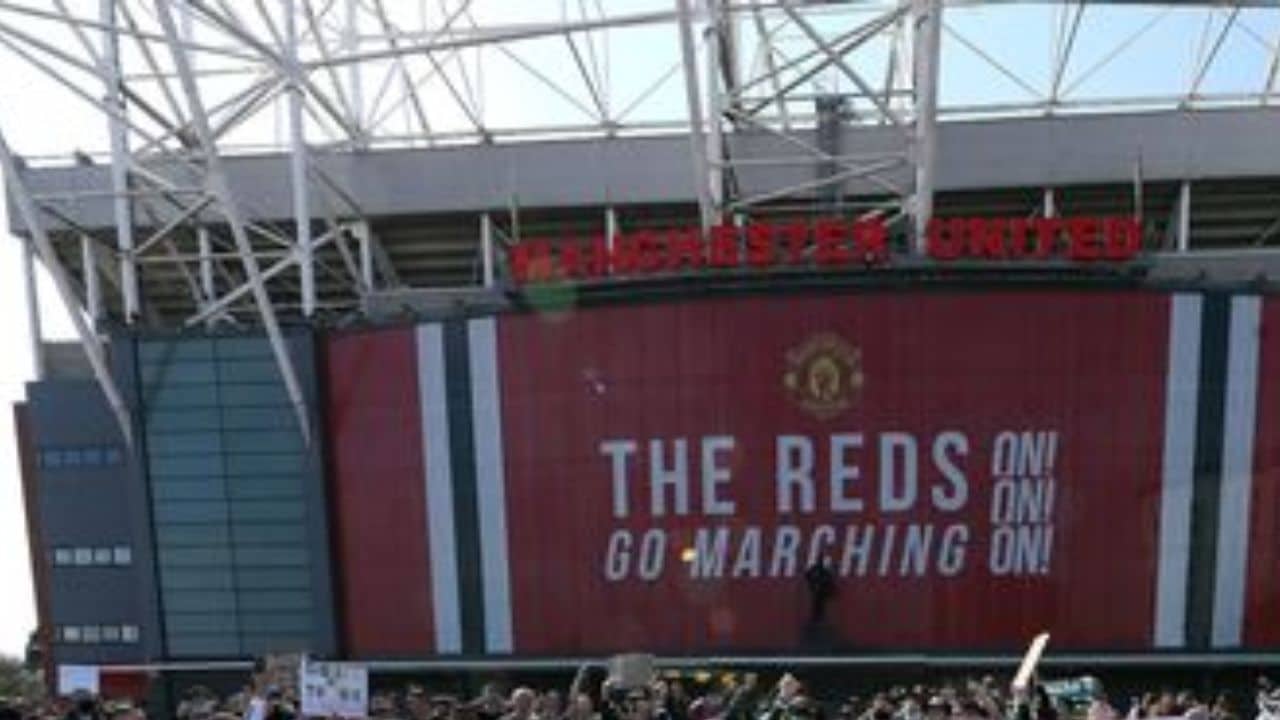Have a look at Manchester United’s new stadium cost, location and capacity
Check out more information about the new proposed regeneration project for Old Trafford as Manchester United unveiled the first look!
For the unfamiliar, the club is considering building a new 100,000 capacity stadium rather than redeveloping their historic ground, though a final decision is yet to be made.
Manchester United new stadium cost, location, capacity, design plans and completion date details
Man United have revealed the first images of the potential Old Trafford regeneration project 👀
ESPN reported last month that United are leaning towards building a new £2 billion, 100,000-capacity stadium rather than redeveloping Old Trafford, which an economic report found… pic.twitter.com/HfYCenzqRB
— ESPN FC (@ESPNFC) September 24, 2024
Man United is expected to make a decision by the end of the year, with the regeneration project of the Old Trafford costing over £2 billion, approximately $2.5 billion. Reportedly, the project is expected to take approximately 6 years to complete. While a start date isn’t known yet, the stadium could complete by 2030 if work starts next year and will be on the site of an existing freight terminal.
Foster + Partners has been appointed by Manchester United to develop the masterplan for the new Old Trafford Stadium District. Manchester United owns the land the new stadium will be built on but the plans incur on a Freightliner rail terminal and a deal is being worked on that would see Freightliner relocate this terminal from Old Trafford to Parkside East in St Helens.
The terminal is operating at full capacity but Freightliner is said to have been keen to expand to the new St Helens location
“The initial findings are based on a range of potential development opportunities in the Old Trafford area, including a 100,000-seater world-class stadium, plus new mixed-use developments around the stadium and in the adjacent Trafford Wharfside area, which will benefit the local community, attract new residents, increase job provision, and make it a vibrant destination for visitors from Manchester, the UK and all around the world,” Manchester United said.
On Monday, Man United shared images of what the new stadium could look like as part of a press release accompanying an economic report.
The study, commissioned by Man United, estimates the redevelopment could contribute £7.3 billion annually to the UK’s economy.
Old Trafford update 🏟️
An economic report has explored the benefits of regenerating our stadium and surrounding area ⤵️#MUFC
— Manchester United (@ManUtd) September 23, 2024
Football enthusiasts got their first look at the potential redesign, which includes a brand-new 100,000-seater stadium and the surrounding area of the Old Trafford is expected to be transformed into a commercial hub.
As part of the project, United commissioned an economic support to highlight the benefits. These computer generated pictures depict a circular “New Trafford,” stadium with a large roof, seen from above.
Another image shows a massive badge of Manchester United, with red lights illuminating the walkway to the entrance. A view from a nearby building reveals a gallery with large windows overlooking a park and statues of United legends.
The architect behind Wembley Stadium, have designed the new drawings and a map of the proposed regeneration project, which is reportedly spans the entire Trafford Park area.
Media reports predicts that the redevelopment could generate £7.3 billion for the UK economy annually, along with 92,000 new jobs, 17,000 new homes, and an additional 1.8 million visitors each year.
Manchester United wana plan kujenga Stadi 🏟️Largest!
Man United have revealed the first images of the potential Old Trafford regeneration project. The new stadium will cost £2 billion and have 100,000-capacity.#GRSport#Brekko pic.twitter.com/KfU1MCWCIv
— Ghetto Radio (@GhettoRadio895) September 25, 2024
As per reports, the club consulted with approximately 30,000 fans, with opinions split 50-50 between staying at Old Trafford or moving.
United has called Old Trafford home since 1910, and the target completion date for the project is 2030.



